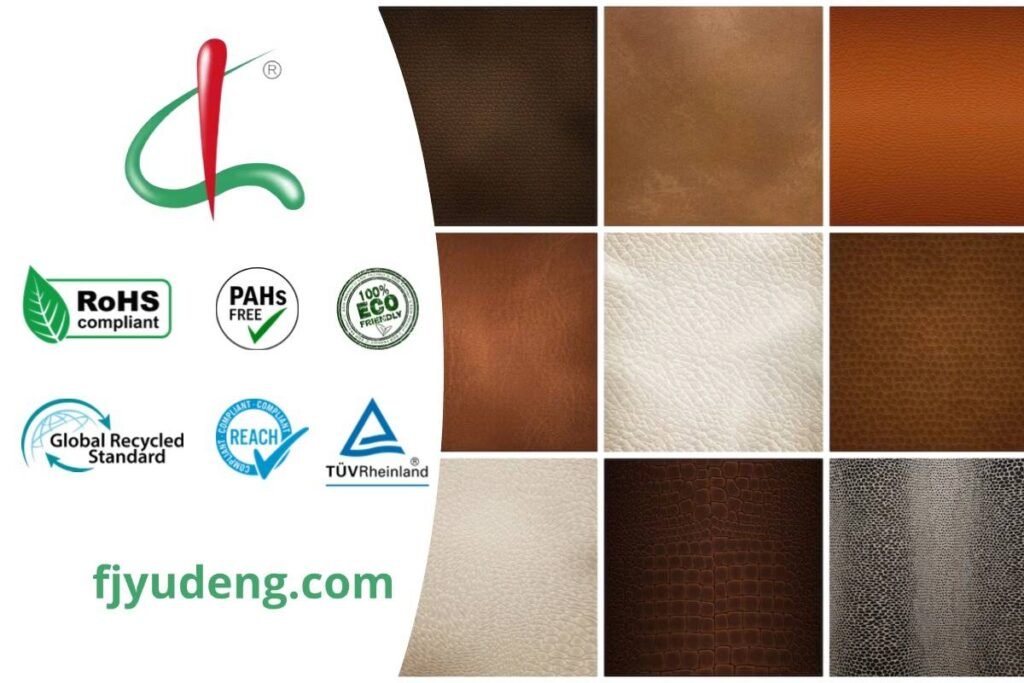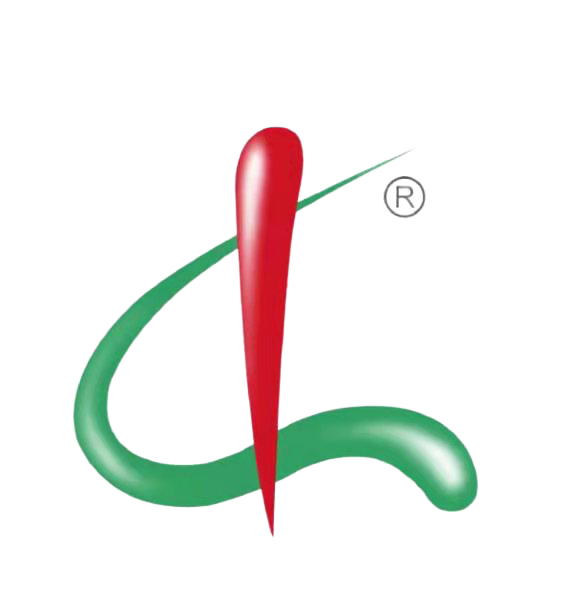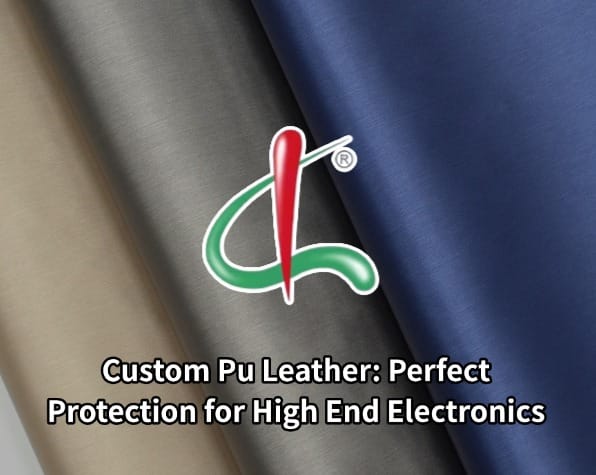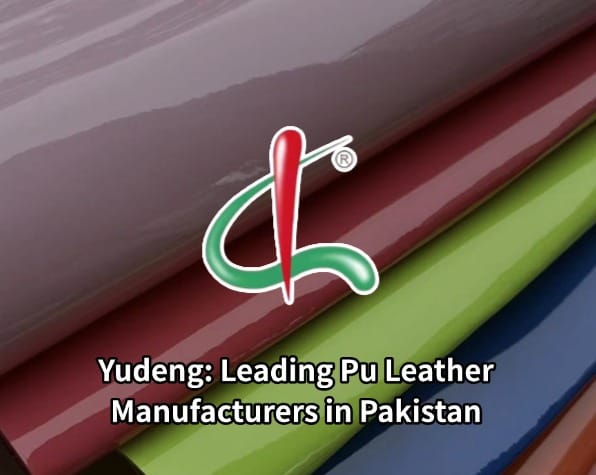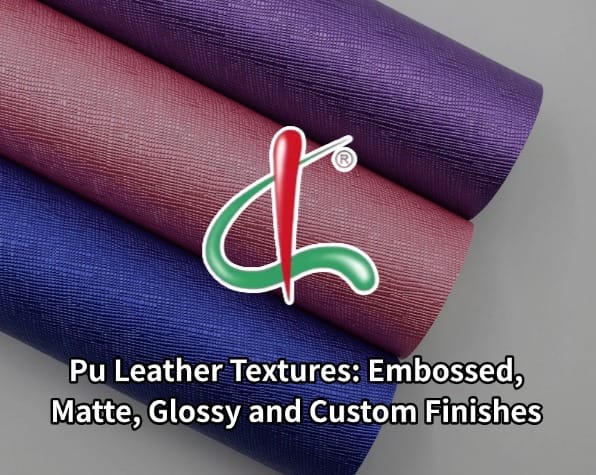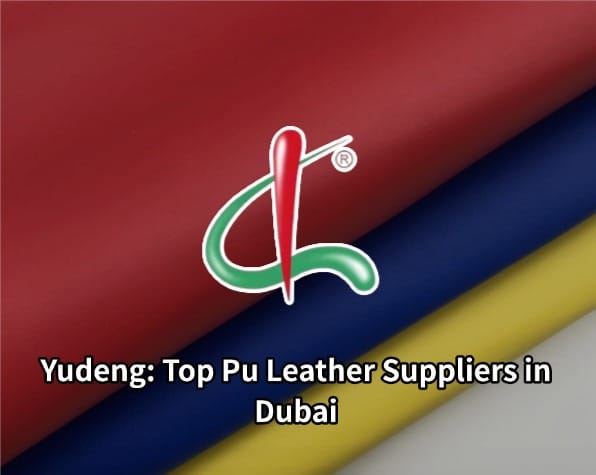In many high-end synthetic leather application scenarios, whether it is automotive interiors, high-end shoes, home leather goods, or functional luggage fabrics, the quality of PU synthetic leather directly determines the durability, aesthetics and safety of the product. In the production process, many manufacturers often only focus on the production process, but ignore the most critical quality inspection process.
Yudeng knows that quality inspection is not the icing on the cake, but an indispensable “gatekeeper” in every link from the source to the finished product. A small uneven surface particle size and a slight stretch failure may cause consequences in customer use: cracks, peeling, and even product recalls.
Therefore, Yudeng not only built a strict inspection system, but also combined with a number of international standards to ensure the stability and consistency of PU synthetic leather through professional equipment, standardized operations and rigorous processes. We will take you deep into the Yudeng synthetic leather wholesale factory, reveal its professional quality inspection system, help customers identify high-quality PU synthetic leather, and provide specific practical suggestions.
Table of Contents
- Material entry inspection: control quality from the source
- Production process quality control: precision technology and real-time monitoring in parallel
- Finished product performance testing: ensure that every meter of PU leather is qualified
- Environmental protection and safety testing: hard-core control in line with global export standards
- Recommended professional testing tools and methods: How does Yudeng achieve precision and efficiency?
Material entry inspection: control quality from the source
In the production process of PU synthetic leather, the stability of raw materials is the basis of subsequent quality. Yudeng is very strict in the selection and testing of raw materials, mainly including the following core projects:
Raw material types and sources
The basic raw materials used by Yudeng include high-quality polyurethane resin (Polyurethane Resin), DMF (N,N-dimethylformamide), PVC, various additives and fiber-based fabrics. All raw materials come from globally certified raw material suppliers and must have environmental compliance certifications such as ROHS, REACH, CA Prop 65, etc.
Testing process and projects
Before each batch of raw materials enters the factory, they must pass the following tests:
Viscosity test (using NDJ series rotational viscometer): Ensure that the viscosity of the polyurethane raw material is within the specified range to ensure the stability of subsequent foaming, fluidity and other parameters.
Moisture content test (using Karl Fischer moisture meter): Especially for hygroscopic solvents such as DMF, the moisture content must not exceed 0.1%, otherwise it will affect the uniformity of PU foaming.
Specific gravity and density test: Use a specific gravity cup to accurately measure the density of the raw material. Abnormal density may mean abnormal filler or doping problems.
Appearance and impurity detection: Use an electron microscope with a magnification of more than 60 times to check the raw material particle distribution, impurity content, and color stability.
Detection and judgment standards
Yudeng establishes a standard line based on China’s GB standard, combined with ASTM D standard, American standard CPSC and customer customization requirements. Once the test fails, the batch of raw materials will be returned and will never enter the production link.
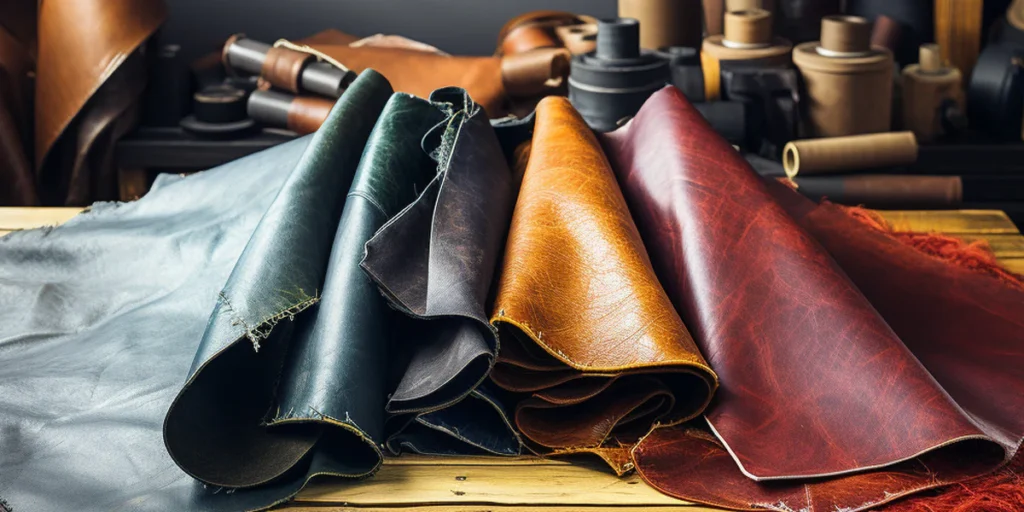
Production process quality control: precision technology and real-time monitoring in parallel
The stability of PU synthetic leather depends largely on the consistency of coating, foaming, and lamination processes. Yudeng has set up multiple real-time monitoring and process sampling mechanisms during the production process to ensure the stability of various indicators from semi-finished products to composite fabrics.
Online coating thickness monitoring
Yudeng uses the German Mahr non-contact laser thickness meter to detect the film thickness in real time on the coating line with an accuracy of ±2μm, and automatically adjusts the scraper or casting rate through the PLC feedback mechanism to prevent uneven film layers.
Foaming density and pore uniformity
Use electronic scales and displacement meters to test the foaming density, and the standard is controlled between 0.25–0.35g/cm³ to ensure that the hand feel is Q-elastic and the resilience is good.
Microscopically observe whether the foaming pore size is consistent. If there are dense bubbles or closed cells, adjust the temperature and additive ratio immediately.
Release paper lamination and peeling force monitoring
The surface texture of PU leather mostly depends on the embossing of release paper. Yudeng uses Peel Strength Tester in the lamination process to ensure that the peeling force is controlled at 0.8~1.2N/25mm to prevent the finished product from peeling or blurring the texture.
Real-time sampling inspection
Semi-finished products are sampled every two hours to test:
- Tensile strength (≥12MPa)
- Elongation (≥300%)
- Surface uniformity (no bubbles, spots, color difference)
- Bonding strength (≥3.5N/cm)
All data are uploaded to the ERP system in real time, and the production supervisor reviews it daily.
Finished product performance testing: ensure that every meter of PU leather is qualified
Yudeng has an independent quality inspection room at the finished product stage of PU synthetic leather, which is composed of 5 quality inspection engineers with ISO 9001 internal auditor qualifications.
Appearance and size inspection
Use a light source table and an automated visual system to check whether the surface has bubbles, scratches, or missing coatings.
Check whether the width and thickness meet customer standards (such as width 137±1cm, thickness 0.6±0.05mm).
Physical performance test items
| Test items | Instruments used | Qualified standards |
| Tear strength | Elmendorf tear tester | ≥30N |
| Folding resistance | DIN 53351 standard equipment | ≥100,000 times without cracks |
| Abrasion resistance | Taber abrasion tester | ≥500 turns without obvious loss |
| Waterproof performance | Hydrostatic pressure tester | ≥1000mmH₂O |
Weather resistance simulation test
Use a xenon lamp aging box to simulate long-term sunlight exposure and detect the fading level (gray level ≥4)
Hot and cold cycle test: -20°C to 60°C cycle for 72 hours, no peeling or deformation.
These test results will generate a digital report, and each roll of PU leather comes with a complete tracking barcode and quality inspection number to ensure after-sales traceability.

Environmental protection and safety testing: hard-core control in line with global export standards
Yudeng not only pays attention to product quality, but also strictly implements international environmental regulations and standards, especially the following items that are highly concerned in the European and American markets:
Hazardous substance detection
- REACH 235 substances of very high concern (SVHC)
- ROHS 6 restricted substances
- Phthalates 8 tests
- DMF residue detection: ≤0.1mg/kg (far lower than European standards)
The tests are all entrusted to third-party laboratories such as SGS, Intertek, and BV to issue authoritative reports.
Odor and volatile organic compounds (VOC)
Use TVOC detector to detect the total volatile concentration, Yudeng controls it below 0.3mg/m³.
Use the closed chamber test 5-person blind test method to ensure no irritating odor, suitable for baby products and car interiors.
Flame retardancy and heat resistance
For special needs such as furniture and transportation, Yudeng can provide PU leather products that meet the CA TB117 and FMVSS 302 flame retardant standards and have flame retardant additive certification.
Recommended professional testing tools and methods: How does Yudeng achieve precision and efficiency?
Yudeng has integrated industry-leading equipment and process standards in its testing system, including but not limited to:
| Tools and equipment | Use | Brand/standard |
| NDJ-8S Rotational Viscometer | Polyurethane viscosity test | Commonly used domestic/German IKA |
| Taber wear tester | Surface wear resistance | Taber, USA |
| Xenon lamp aging box | UV aging simulation | Q-Lab (USA) |
| Peel force tester | Texture peel force | Labthink (Jinan Languang) |
| Tensile testing machine | Strength ductility test | Instron (Instron) |
Yudeng’s quality inspectors have received professional instrument operation training and hold internal certification qualifications.
| Start Your Order | Email: hello@fjyudeng.com | Number: +86 17746077007 |
Whether you are a wholesaler, brand owner or OEM Pu leather manufacturer, please remember the following key elements of quality inspection when choosing PU synthetic leather:
- Raw materials must be traceable and have third-party environmental certification
- Finished products must have at least 6 physical properties and environmental tests
- Whether the manufacturer provides standardized test reports and tracking numbers
- Whether it is equipped with professional testing equipment and qualified quality inspection personnel
With more than 20 years of industry experience and high-standard quality system, Yudeng is committed to making every customer feel at ease when using and selling. We welcome global customers to come to the factory for on-site verification, and we also welcome more personalized testing requirements. The Yudeng team can respond flexibly.
